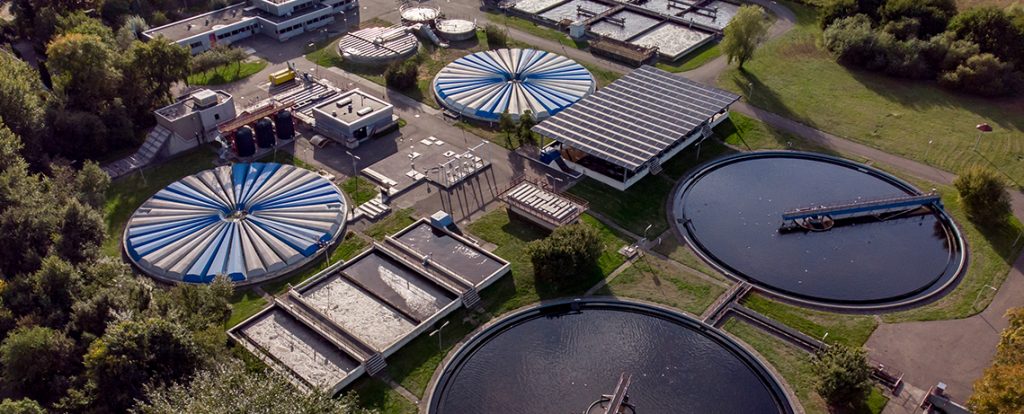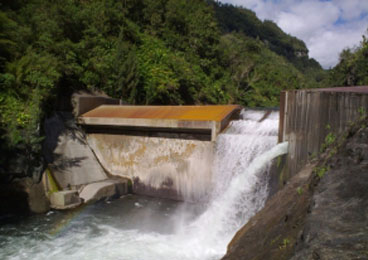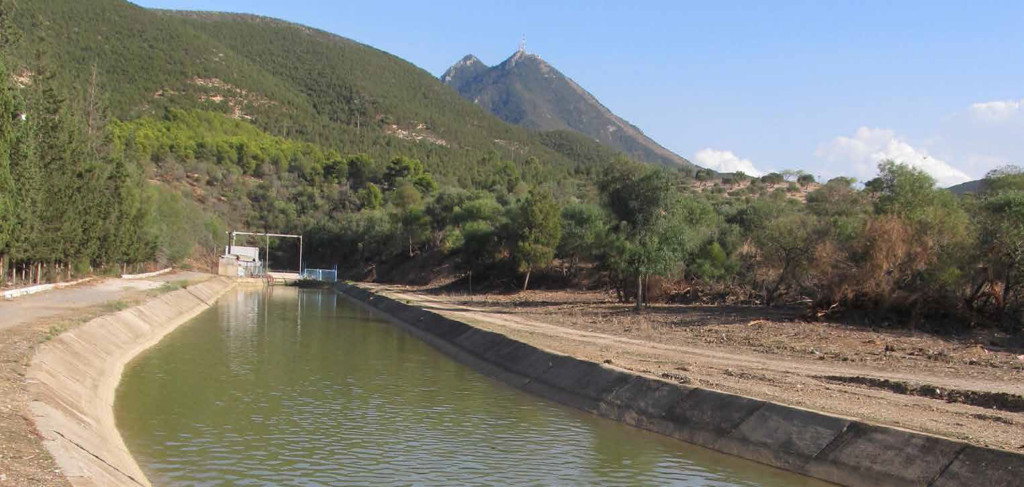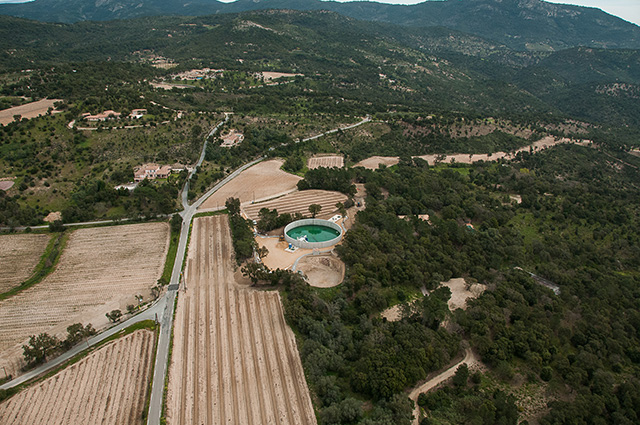As the designer and manager of a large-scale water transportation network built 60 years ago, SCP’s wealth of experience is recognised worldwide. Our engineers design and build major hydraulic structures in keeping with their operating constraints. Our aim is to provide you with tailor-made solutions for the development of intelligent water networks.
SCP always puts quality first, and this is reflected in its strategic support to hydraulic development projects, both in France and at the international level.
Our fields of activity
SCP can assist you in conducting upstream studies (feasibility, impact and regulatory studies, as well as diagnostics), and by carrying out full or partial project management assignments for the construction or refurbishment of infrastructure:
- Transportation facilities: canals, conveyor and supply piping, penstocks, galleries and aqueducts
- Pumping stations (equipment and civil engineering)
- Weirs and river intakes
- Storage facilities: reservoirs for raw water and drinking water, hillside reservoirs, stormwater basins and water reserves
- Ancillary works: energy dissipators and dividers
We can also assist you, responsibly and effectively, with the operational management of your infrastructures, whether technical, financial or commercial.

Our added value
Regulation and remote management
Imagine a world in which water could be distributed on demand. Thanks to our Dynamic Regulation software, this dream has come true! Designed and used by SCP on its own networks, this centralised, remote management system operates in real time. It allows you to optimise the transportation and distribution of water, and avoid all waste, as well as ensuring an uninterrupted water supply and protecting your facilities. Dynamic Regulation software has already been installed on hydraulic systems in France and around the world.
The canal bypass : an example of scp’s innovation
The canal by-pass technique was designed by SCP for use on its own hydraulic infrastructure. It allows a section of canal to be isolated without interrupting even substantial downstream flows. The key advantages of this system are its flexibility and low energy consumption once in use.




